As leaves start to fly, revisit your spring cleaning list and add a few seasonal extras to prepare your house for the winter.Inside Your House Checklist
0 Comments
With the feel of fall in the air, it’s time to think about getting your home ready for colder weather. Much of the routine maintenance that needs to be done this time of year will not only help keep you cozy this winter, it will also save money on your heating bill and protect your biggest investment—your home. While most of these routine maintenance tasks are fairly simple, make sure they get done before cold weather arrives to prevent damage to both your home and wallet. To-Do #1: Seal Up Cracks and GapsIf you added up all the small cracks, gaps, and holes around the outside of the average home, it would equal the area of an open window! To reduce the loss of heat, carefully inspect the perimeter of your home and caulk or weather-strip where needed. Both caulking and weather stripping can reduce the flow of cold air in and warm air out—lowering your energy costs substantially. Check the following key areas for leaks:
To-Do #2: Applying Weather Stripping Apply weather-stripping at joints where two surfaces meet, such as around windows and doors, to give an airtight seal. There are several different types of weather stripping and each has its benefits and drawbacks. After you have chosen the appropriate weather stripping, follow the instructions that came with it for proper application. Tape: Lasts only one year and should only be used on windows or doors that will not be opened. Tends to dry and loosen within one heating season Felt: Lasts only one or two years and should be used on top or side of doors or window frames for sealing gaps of uniform width Foam: Lasts only one or two years and should be used on the bottom of window sashes or around the frame of a warped or loose-fitting door (wood-backed foam) Vinyl Tubing: Lasts around five years and can be used on windows or doors. For more information on caulking and weather stripping, watch our video on How to Caulk and Seal Gaps and Cracks. To-Do #3: Inspect Your Roof Check your roof for signs of minor damage such as missing, broken, cracked, or curling shingles, as well as bare spots where the granular coating has worn off. Be sure to make the necessary minor repairs now to prevent further damage. When moisture is able to seep up and under loose or damaged shingles far more expensive damage can occur. For extensive roof repairs, consider having a professional perform the work. However, if you are fairly handy and are comfortable climbing a ladder, you should be able to take care of most minor repairs. Purchase roofing cement in caulking tubes to seal minor cracks and holes and glue down curled shingles. For bigger jobs, roofing cement is available in large containers. If the damage is extensive, or the shingle is missing, replace it immediately to prevent more serious damage from occurring. Also, if you have a fireplace, be sure to check for gaps around the flashing and caulk to seal. To-Do #4: Clean and Repair Gutters Dirty, clogged gutters can cause a myriad of problems during the winter months including flooded basements and damage to your foundation and landscaping. To clean, simply remove all debris so that water can drain properly and consider installing gutter guards to prevent additional debris from building up. To see how it’s done, watch our video on How to Clean Gutters. More information on gutters can be found in our article on The Trouble with Gutters. If you don’t enjoy climbing ladders, consider assembling a homemade gutter cleaner using long strips of PVC pipe attached to a regular garden hose. This will allow you to frequently and safely rinse out your gutters ensuring they do not become clogged. To see how it’s done, watch our video on how to make a PVC Gutter Cleaner To-Do #5: Trim Back Trees and BushesTrimming your trees and hedges in the fall not only leaves you with less mess, it also improves the appearance of your shrubbery and can prevent or correct a safety hazard. While power tools are terrific (and a must for a large number of trees and bushes) most seasonal pruning and trimming can be taken care of with a few affordable hand tools. Hand pruners, hedge trimmers, loping shears, and a pruning saw will take care of most small branches and limbs. First look for and remove dead or diseased limbs, then cut back excessive growth and trim the bush into the desired shape. Read our article on Basic Shrub Pruning Techniques to see how it’s done. For taller trees and thicker limbs, consider calling in a professional especially if branches are dangerously close to power lines. You may also consider contacting your town or utility company, as major tree trimming may be their responsibility. To-Do #6: Fertilize Your LawnFall is a great time to fertilize your lawn as it provides grass with the nutrients required for the winter when the top layer of grass is dormant but the root systems continue to grow. During this period roots easily absorb and store the nutrients a good fertilizer will provide and fall fertilizing will also help your lawn “green-up” faster in early spring. Depending on your part of the country and the type of grass you have, the correct fertilizer for your lawn many vary. However, almost all zones and lawn types require a fertilizer rich in nitrogen and phosphorus. Nitrogen affects the color, rooting, and disease resistance of a lawn, and a yellowish appearance may signal a nitrogen deficiency. Phosphorus is the key for strong roots and a lawn deficient in Phosphorus may have an unusual tint that may be on the purple side. A lawn rich in phosphorus will fight disease better and be more tolerant to extreme elements. For more on fertilizing your yard, check out our article on Fertilizer 101 or watch our videos on Fertilizer Selection and Fertilizer Application To-Do #7: Winterize LawnmowerNow that you’ve cut your grass for the final time this year, take a few minutes to properly store your lawnmower so it will start easily in the spring.
First, completely remove all fuel by either draining the gas tank or running it empty. Alternatively, consider adding a fuel conditioner and topping up the gas tank to prevent any moisture from condensing in the tank. Once you have added the conditioner, run the engine for a minute or two to circulate the additive through the carburetor. This will help prevent gum from forming in the fuel system or on essential carburetor parts. Next remove spark plugs and apply a small amount of oil in the cylinder. Start your engine to burn off oil as well as lubricate the pistons, rings, and cylinder walls. Finally, wipe your lawnmower clean of all grass and debris and be sure to store it in a clean, dry area far away from any stove, furnace, water heater, or other appliance that uses a pilot light or can create a spark. More information on maintaining your lawnmower is available in our article on Lawn Mower Maintenance A yellow goldfinch couple shares the thistle feeder with a red house finch. Whether your home is a 5-acre farm or a 5th floor apartment, you can bring yourself a little closer to nature by attracting and feeding wild birds. Getting started is easy, and once you have some “regulars,” you’ll be able to learn what they like and how to keep them visiting. Pretty soon, you’ll feel you know your birds personally and can experience the joy of watching them feed, sing, and tend their nests. A brown thrasher enjoys a suet feeder.
Types of Bird Feeders To start, all you need is a bird feeder filled with seed that’s attractive to the birds in your area. There are several different types of feeders available:
Fall cleanup is important for keeping your lawn healthy. Fall and spring are the most important times of the year for establishing and strengthening lawns, as well as preparing them for the harsh temperatures of winter and summer. Here are some tips for taking care of your lawn in the fall. About Fall LawnsThere are two basic types of grasses—cool-season and warm-season—with different needs and requirements:
Every year, thousands of onlookers crowd winding mountain roads near where I live in North Carolina to take in the gorgeous autumn foliage. And among locals, the conversation often turns to when the leaves will be at their peak color and whether this year’s show will be impressive.
Seasonal foliage predictions are a mixture of science, history, folklore, and guesswork that range from plausible to downright superstitious. While no one can say for certain when foliage will peak each year, there are some general guidelines that can help. Here are some indicators and tips to allow you plan your next autumn leaf-viewing trip. What the Locals Say:
It was often suggested to go early rather than late, feeling that it’s better to see leaves that haven’t quite peaked than to arrive after the leaves have fallen. From my many autumns spent playing in the mountain woods, I can tell that some years are definitely better than others and the peak can fluctuate a week or so either way. But when you get right down to it, every fall is spectacular from beginning to end. If you have a chance to see it anytime – GO! For no-hassle home improvement this fall, entrust one company with all your repair, replacement, and remodeling needs. While you were on summer vacation, your home was hard at work battling the elements. After enduring intense heat or seasonal thunderstorms, your home deserves a little TLC to get it ready for the colder months ahead. With fall on the way, now is the time to inspect windows and HVAC systems for signs of distress, and repair or replace them for improved operation and aesthetic appeal. While you’re at it, perhaps it’s a good idea to freshen up the bathroom as well, in preparation for the hordes of overnight guests the holidays bring. With expert recommendations from On The Way Pros you can make short work of these traditionally time-consuming tasks and add an extra dose of comfort to your home.
WINDOWS Don’t wait for frost to set in before you winterize your windows. Structurally compromised windows invite cold air in and let warm air escape, forcing your HVAC system to work extra hard to keep your home at a comfortable temperature. Put a stop to winter drafts by inspecting and replacing inefficient or outdated windows to ensure comfortable indoor temperatures and lower energy bills all winter long. – Cold resistance and energy efficiency: If your living room feels like a freezer, your windows may be to blame. Drafts can enter your home through cracks in window casings, jambs, or windowsills, so it’s important to check these areas, and seal cracks and any rotted spots. Yet, as important as it is to winterize your existing windows, sometimes the best course is to replace them. Inefficient, outmoded single-pane windows let in more cold air than their modern counterparts. “Put your hand to an old window, and it’s cold to the touch,” says Dave Lincoln of Sears Home Services. If your single-pane windows are keeping your house cold and your energy bills high, it may be time to make the switch to new double-paned windows. One option is the Sears Weatherbeater window, a double-paned model with a layer of argon gas in between the plates of glass. That important feature gives you an extra buffer against the cold, and can help produce warmer indoor temperatures, better energy efficiency, and lower energy bills. “New windows keep the cold out and warm in—the way it should be,” says Lincoln. – Sound reduction: Do you wish you could live in a quieter neighborhood free from the sounds of traffic or noisy neighbors? You may be able to get your wish without having to change your address if you’re willing to change your windows. “Time and time again I work with clients who report that after replacing old windows, their living spaces seem quieter and more peaceful—like it’s the same house, but in a new location,” says Lincoln. Double-paned windows, such as Sears Weatherbeater windows, put another layer between you and the sounds on the street while they insulate your home from the cold, meaning you’ll reap double the benefits from a single installation. HVAC As you brace yourself for freezing temperatures, take some time to inspect your HVAC system. It’s better to discover any weak spots in your cold-weather defense now than have to deal with a broken furnace, heat pump, or boiler in the middle of winter. – Furnaces: If your home is heated by a furnace, the most effective winter prep task involves replacing your furnace filters with high-efficiency versions to keep dust, germs, and other particulate matter out of your indoor air. Know that “high-efficiency filters must be cleaned or replaced more often, about every three months,” according to David Kenyon, an HVAC specialist with Sears Home Services. After swapping the filters, continue your preseason furnace checkup by inspecting the internal components to ensure proper functioning. If you don’t have much experience working with HVAC systems, you’ll benefit from making a quick call to a pro, who can do the inspection for a small fee. On the other hand, if you suspect that your old or underperforming furnace won’t last the season, consider replacing it now rather than later. The experts at Sears Home Services can provide you with a free consultation to review your home heating options. – Heat pumps: When it’s doing its job right, a heat pump is the unsung hero of ductless heating and cooling systems, drawing thermal energy from the cold outdoors and turning it into warm, comfortable indoor heat. But when the heat pump experiences problems, such as cycling on and off, making loud noises, or failing to heat or cool, it certainly makes its presence felt. Take precautions by having your heat pump inspected and, if necessary, repaired or replaced by trained HVAC experts like those at Sears Home Services. – Boilers: Many homeowners rely on a boiler for heat, sometimes using the appliance to both heat water and warm the house. Although boilers are highly energy efficient and have relatively few mechanical components, they are still prone to the occasional failure. When your boiler doesn’t fire up, doesn’t heat water effectively, or begins to leak, your heat could cut out just when you need it most. For that reason, it’s a good idea to get your boiler inspected early in the season. Trained technicians, like those from On The Way Pros Services, can diagnose problems, repair boilers made by any of the major brands, or, if necessary, install a brand-new boiler. BATHROOM REMODEL According to the old real estate adage, kitchens sell houses, but surely the bathroom is almost as important to a home’s value. When done well, a bathroom renovation can increase your home’s resale price while adding a touch of modern convenience to your everyday life. Renovations come in all sizes, both large-scale and small. Even if you can’t commit to a full bathroom remodel today, keep in mind that you can start by replacing just one outdated fixture at a time. –Toilets: Most often, toilet trouble can be resolved with a simple fix, swapping out the handle, for instance, or replacing the flapper. In other cases, your time and money may be better spent replacing the fixture. You may want to opt for replacing rather than repairing a toilet if it has a crack in the porcelain, clogs frequently, has poor water efficiency, or suffers from some other costly problem. These functional faults, however, aren’t the only reasons to invest in a new toilet. Even if you’re simply tired of looking at cosmetic imperfections like chips, scratches, or stains, it may be time to replace a decades-old toilet. To help you navigate your bathroom remodel, consider calling on the experts at Sears Home Services, who can advise you on selecting a new, efficient, ergonomically friendly toilet that fits your style and budget. – Showers: Nothing ages your bathroom like a stained bathtub or discolored grout and tile in the shower. Putting in a new tub and tile gives you a fresh look and a new chance to banish mold and mildew from the bath. To take your project one step further, consider replacing the existing flooring in your bathroom. New tile floors can “boost home resale value,” according to Ronnie Bedard of On The Way Pros. Even if you’re not planning on selling your home anytime soon, you can still benefit from a modest makeover. Tiny changes like swapping a lime-covered shower head for an easy-clean model can make a big difference to your daily quality of life. Whatever the scope of your bathroom renovation, you can look to On The Way Pro Services for a range of showers, tubs, and accessories as well as the trained professionals who can install them. – Cabinets: Whether your bathroom cabinets are part of the sink vanity, installed over the toilet, or mounted on another wall, they may benefit from a quick spruce-up. Particularly if the cabinets are intact but in need of a new finish, you’ll get a “tremendous bang for the buck” by refacing them, says Bedard. On the other hand, if the cabinets are structurally deficient, “refacing them would be beside the point,” Bedard advises. In that situation, cabinet replacement may be a worthier investment. If you’re not sure which approach is best for your bath, call the experts at On The Way Pro to schedule a free in-home consultation. As November comes to a close and autumn gives way to cooler (and sometimes bitter) temperatures, you may be looking to hurry up and finish your fall home checklist before winter hits.
Before the cold arrives, make sure to winterize your home with these 12 last-minute fall home maintenance tips. Stay Ahead of the Cold With This Home Winterization Checklist 1. Call a Pro to Repair or Replace Your RoofIt may go without saying, but winter is not the best time for roof work. Aside from ice and snow creating a slipping hazard during repairs, asphalt shingles need to be installed at temperatures between 40 and 85 degrees. Any colder and the shingles can become brittle and break apart. Cold temperatures also prevent the adhesive sealant from activating, making it easy for winter winds to blow them away. So if your roof needs a little love, add a call to your local roofer to your fall home checklist. Need an easy way to dispose of those old shingles? Our roofing dumpsters can get the job done. Learn more about roofing disposal options in your area. 2. Clean and Seal Your DeckAnother fall home improvement must-do is to perform safety checks on your deck and get it ready for spring. J.B. Sassano, president of Mr. Handyman, recommends “walk[ing] around the deck and sprinkl[ing] water on several different areas. If water soaks into the boards, it’s time to reseal the deck. If water forms a puddle or beads up, the deck is repelling water and will be safe for the winter.” How to Protect Deck Wood in the Winter
3. Winterize Your Driveway and SidewalksMost people don’t give their driveway a second thought when winterizing the home. However, snow, ice and salt can take its toll on concrete and asphalt surfaces. Make sure they’re ready to be put to the test with these tips for winterizing your driveway:
4. Clean and Inspect Your FireplaceIf you have a fireplace, proper chimney cleaning is an important task to add to your home winterization checklist. “If your chimney has not been inspected or cleaned this past year, the very best time to do so is now, before the heating season,” says Marshall Peters, director of the Certified Chimney Professionals. Fireplaces produce deposits which are combustible and can burn at over 2000 degrees Fahrenheit, according to Peters. This is hot enough to destroy the chimney liner and even set your home on fire. Find a chimney professional near you to have your fireplace inspected and cleared for safety this year. How often should a chimney be cleaned?“The typical fireplace for most families will require cleaning every two to three years. Whether the chimney vents gas, oil, coal, pellets, corn, wood or other fuel, they all need inspecting annually and cleaned when necessary. The corrosive byproducts of each fuel type will dictate the types of problems they will cause in a chimney and which type of maintenance will be necessary. The National Fire Protection Association requires annual inspections for all solid fuel chimneys for this reason.” Marshall Peters | Certified Chimney Professionals 5. Check on Your Home’s Heating and AirDon’t get caught in the cold with a broken furnace – add an HVAC check to your fall home checklist. Older furnaces can be up to 50 percent less efficient than newer models, so if you’re shopping for a replacement, look for systems that sport the Energy-Star label. If a replacement isn’t in the cards, here are a few HVAC tips for winter from Bob Burkholder, owner and president of Burkholder’s Heating and Air Conditioning:
Feeling cold? Turn up the humidity, not the heat. 6. Winterize Your Lawn by Cutting and AeratingYou’ll want to pamper your lawn one last time so that it can bounce back with ease come April. Here are a few of the last lawn maintenance tasks you should add to your home winterization checklist:
7. Winterize Your GardenWinter is also a trying time for your trees, shrubs and flowers. In order to protect your landscaping properly from the elements, add these fall tips to your checklist.
To clean out your gutters, remove any leaves, twigs and other debris that is preventing proper drainage. Then, flush your gutters with water, inspect the joints and tighten the brackets if necessary. For a more permanent solution, consider using a gutter guard. They’re easy to install and will keep you off a ladder. 9. Inspect and Clean Space HeatersBy the time winter rolls back around, it may have been a while since your space heater was used last. However, it’s important to make sure any heating devices are clean and in working order before putting them back into commission. “Heating is the second-leading cause of US home fires and the leading cause of home fire deaths,” says Susan McKelvey of the National Fire Protection Association. “On average each year, nearly half of all home heating fires occur in December, January and February.” Before you hit the on switch this season, here are a few portable heating safety tips to add to your home winterization checklist:
10. Check Smoke DetectorsHouse fires are most common during the fall and winter months and smoke alarms are “your first line of defense,” says McKelvey. “Three out of five home fire deaths occur in homes with no smoke alarms or no working smoke alarms.” Inspect your smoke detectors thoroughly to keep your family safe this winter. NFPA Guidelines for Maintaining Smoke Detectors
12. Add Winter Supplies to Your Fall Home ChecklistThe worst time to realize that you’re out of sidewalk salt or that your snow shovel is broken is in the middle of a blizzard. Before the first snowfall of the season, be sure to take stock of your snow removal tools and other supplies. Here are a few final inventory tasks to cross off your fall home checklist before the winter:
If spring is the best time of year to give your home a thorough cleaning, then fall is the best time to tackle home improvement projects.
Not only does the cooler weather force us inside more often, it’s the perfect season to finish things up before a long winter. 11 Home Improvement Ideas for Fall Which projects are best to tackle in the fall? And which ones can you DIY versus finding professional help? Here are our top home improvement ideas for fall. 1. Paint your front door There are few things that enhance curb appeal like a freshly painted door, especially if the paint job is perfectly executed. Fall is a good time for many exterior painting projects, especially before the weather turns icy and wet. Since many fall days don’t dip below freezing, it’s a good way to beat the summer heat and give your entryway a brand new look. We recommend hiring a professional for this painting project. This way, you are guaranteed a smooth and drip free finish on your door. 2. Paint or re-paint your interior molding or trim Toward the end of fall as the weather hints of snow and rain, it’s time to think about the last time you painted your molding and trim. Interior trim painting doesn’t only add to your home’s aesthetic, it can help cut down on dust and dirt throughout the year, as well. Plus, painting your molding or trim can completely transform a room, especially when you pair a crisp white trim with a rich wall color. Unless you’re a painting pro yourself, we recommend you hire a professional for this project. Not only will they be able to finish the job faster, an experienced company will make sure there are no drips or uneven finishes. 3. Power wash your house After a full spring and summer of heat and humidity, fall is a good time to consider power washing your home. Power washing can make sure that your siding is free of dirt, mold or mildew, and it can give your house a clean glow heading into winter. When you use a professional to power wash your house (which we recommend!) they’ll make sure to use the right power settings and solutions for your home and region. Homeowners should always be careful when trying to DIY their power wash, as the wrong settings can strip paint or even erode mortar or stone on your home. 4. Wood repair After the dampness of spring and the heat of summer, fall tends to be a good time for exterior wood repair on your siding, porches or window casings. This home improvement project doesn’t pack the visual punch of a new door color, but it can easily save you thousands of dollars in other damages in coming years. Anytime wood is damaged or has wet rot or dry rot on your home, there is a potential for damage to compound. For example, neglecting wet or rotted wood on your front porch can lead to sags and breaks later, or even allow moisture inside your home. If your region tends to experience a dry fall, this is a good seasonal window to repair and seal your home before the rain and snow of winter. Hire a professional for this job, since reputable wood repair companies won’t settle for only repairing visibly damaged wood. They’ll make sure to do a thorough inspection and remove and repair both the wood you can see and the wood you can’t. 5. Caulk or re-caulk your windows and doors Water, bugs and drafty winds all love the nooks and crannies that unsealed or poorly sealed windows and doors provide. Like wood repair, exterior caulking and sealing isn’t a project that is going to give you a noticeable visual payoff, but it can save you money on your heating and cooling bills. If it’s been a while since you’ve caulked and sealed around your windows and doors, this fall might be the right time. It’s a project that’s often simple enough for DIYers, but will go much faster–and without the risk of mistakes–with a professional. 6. Paint your home’s exterior As Game of Thrones fans know, “Winter Is Coming!” Fall is a great time to paint your exterior to protect it for this winter and many more winters to come. A fresh coat of paint will seal all the exterior surfaces from the cold and wet season. Wood graining and hardie plank siding will be protected with paint coating. Gaps and joints that are caulked will reduce wind intrusion. Stucco and brick will be sealed from water and ice damage. In other words, painting the outer skin layer of your home will keep it protected from the cold winter season and for a fraction of the cost of pricier insulation methods. 7. Clean out your gutters Make sure your gutters don’t get overloaded with leaves this fall! While this project is on the bottom of many homeowner’s “favorite to-do” list, it’s a job better suited for the cooler temperatures of fall. Plus, you might be able to time it right so that you clean your gutters just as the last of the leaves drop, leaving your gutters sparkling clean through spring. 8. Re-mulch your perennials You already know you should mulch in late spring/early summer, but fall can also be a good time to spread one more layer to protect your perennials until spring. Mulch will protect the base and roots of your perennial plants so they come up healthy and whole next spring. The best part of this project is that it typically can be tackled in one day, and without the blistering sun of the summer. 9. Prep your fireplace If you’re lucky enough to have a fireplace, fall is the right time to make sure it’s in good working order for those long winter months. If you regularly maintain your fireplace, you might not have too much work to do. But if it’s been several years, it’s time to bring in a pro who can do a full inspection and clean and repair your chimney or flue as needed. Fireplaces can be extremely dangerous when they’re not properly maintained, and you’ll want to make sure your winter is both warm and safe. 10. Clean and store your lawn and garden tools and equipment Many homeowners don’t know that they should clean and prep their lawn and garden tools for hibernation through fall and winter. There are many articles and YouTube videos about how to clean and prep your lawnmower and other powered yard tools, as well as info on how to store all your lawn and garden tools and equipment in the fall. The real bonus in this project is being able to say goodbye to this type of yard work until next summer. 11. Paint or re-paint your bedroom If you haven’t painted your bedroom in the last ten years, it’s time! Fall is a good time to redecorate, and painting your bedroom a cozy, restful hue is a fun autumn project. The pros of this project include being able to prevent dirt and dust, seal in old odors and even help with the room’s overall insulation (especially if you didn’t use a high-quality paint in the past). Many homeowners have painted a room or two on their own but interior wall painting provided by a pro can free up your time to enjoy fall weather and activities. |

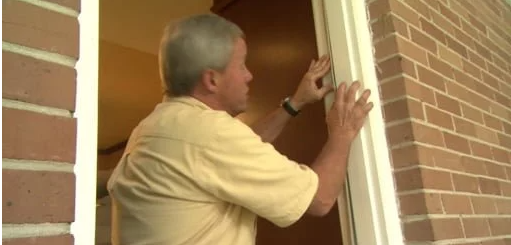
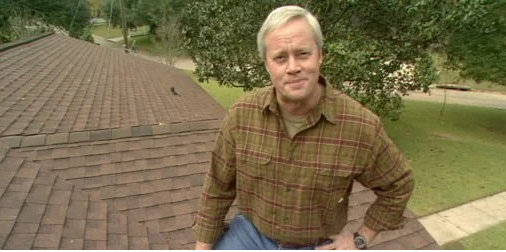
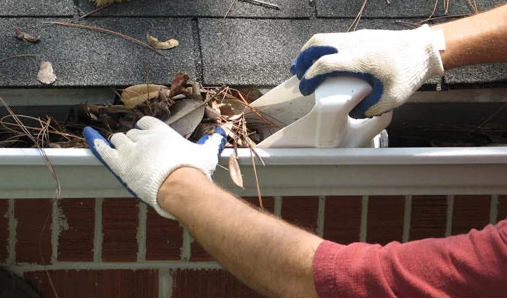
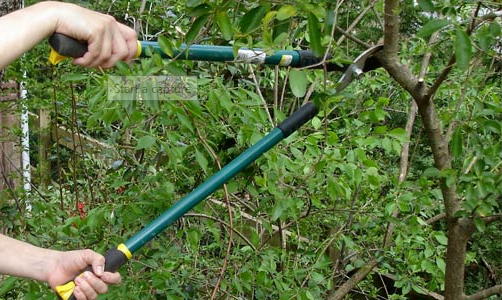
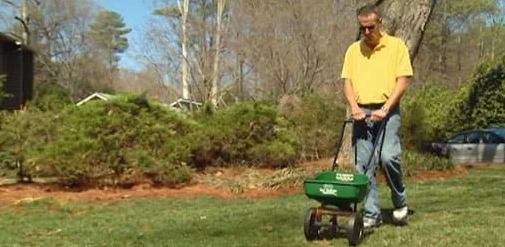
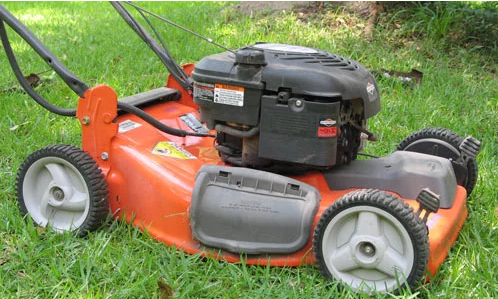
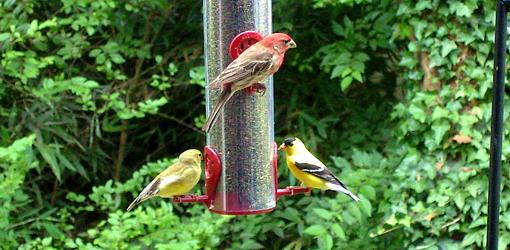

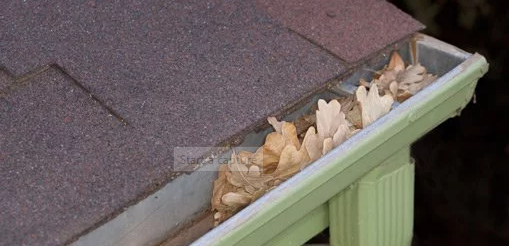

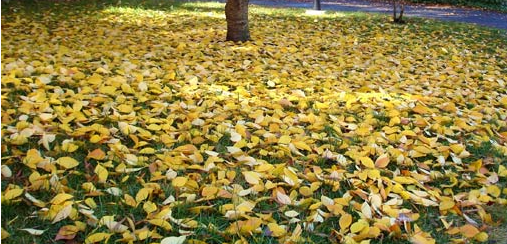

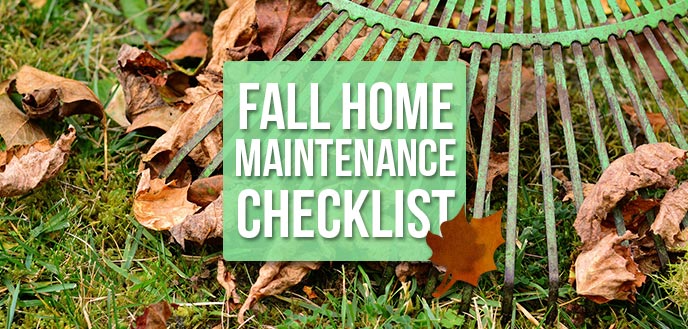
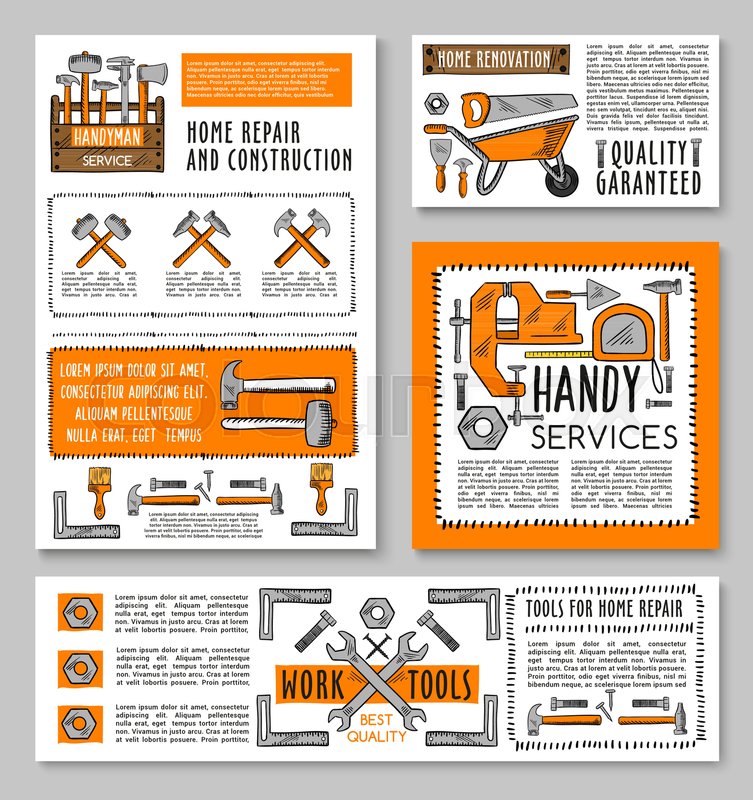
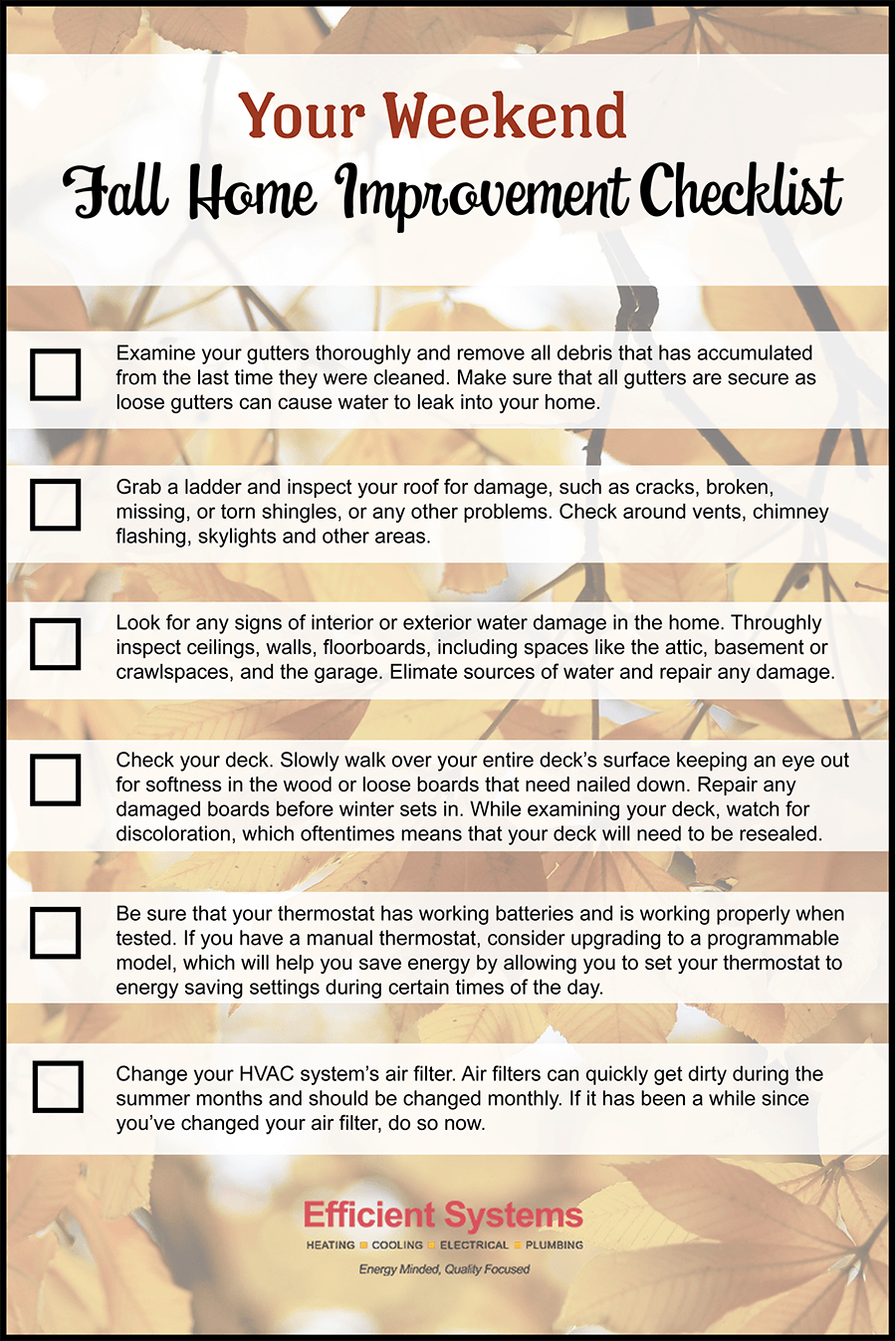
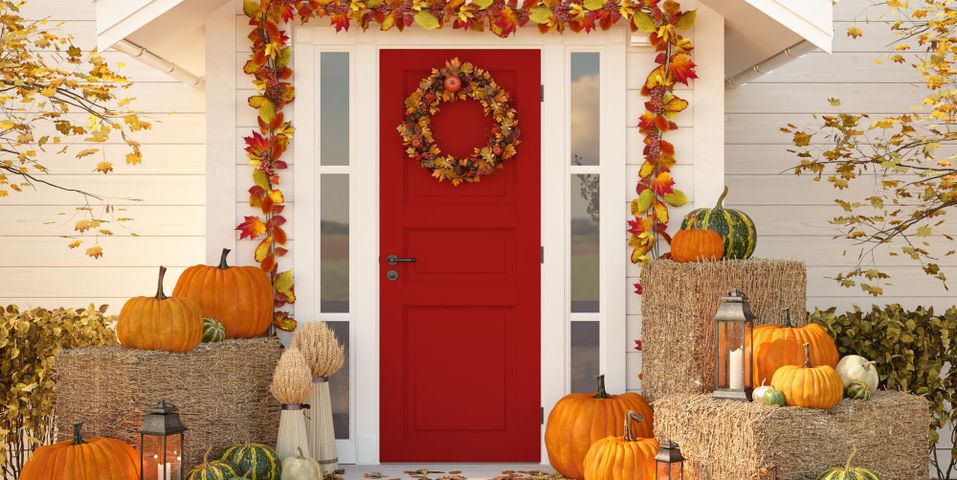
 RSS Feed
RSS Feed



